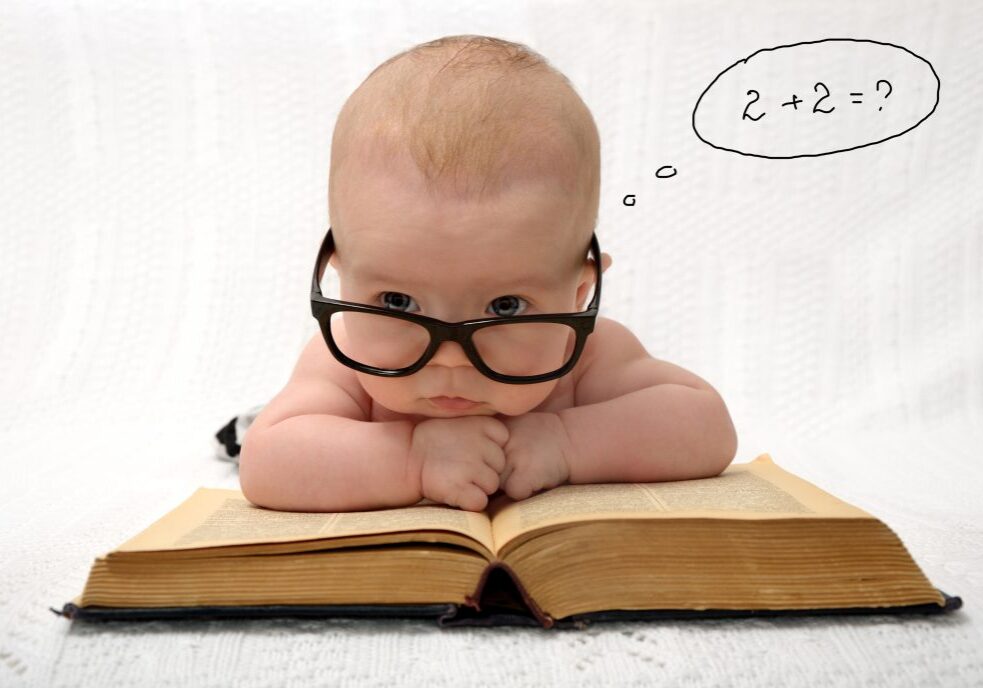
Magic Happens when Reading is Fun
- They will learn Book Conventions and Story Telling from your reading aloud with high-quality children’s books that use strong storylines, artwork, characters, a variety of vocabulary, and from expanding to the ‘next books’ to read that are of interest, or a new topic, and then extending them into fun activities.
- They will be introduced to a variety of topics that offer useful information, and encourage talking and further exploration – diversity, geography, cultures, biographies, history, inventions, art forms, math and science, traditions, even comparative literature with books written for children five and younger. Books encourage and enable you to make these connections.
- Then through meaningful talk, using new and interesting vocabulary in the context of a child’s day and activities, you will be helping your child grow receptive and active vocabulary.
- And as a follow-up, they will continue to grow through structured as well as free play, e.g., finger play and singing songs with babies, reciting rhymes with matching animals, going on a listening walk, running, raking and playing in leaves, going on a hike in the woods and looking for birds, etc. The books will drive many sensory experiences.
Children depend on parents – and other caregivers including grandparents – to provide these thoughtful experiences that will kickstart their inquisitiveness, help them understand better the world around them, and be thoughtful participants in learning communities. Literacy is the basis for all learning. And since learning is cumulative, it is important to develop these routines as soon as possible.
Numeracy and Science
Numeracy and science experiences and vocabulary are all around us and are easily found in children’s books if you look for them. We use math and science vocabulary all the time without even knowing it, but by recognizing and using math language intentionally, parents will be increasing vocabulary, numeracy knowledge, and analytical skills in a child’s word bank. Early on children need to know how to think critically so they can eventually be able to cut through the complexities of digital analysis to find the useful information and insights they need while feeling comfortable doing this, all while experiencing positive reinforcement from parents.
Math talk includes position/location/placement language – over, under, edges, high, low, almost, next, near, and so much more – along with specific number relations, matching, approximation, and many more. Quality trade books promote this practical talk using quantifying and descriptive words that are often overlooked or unrecognized as related to Math and Science. In my Book Tips, I include many books that bridge several genres but almost always include numeracy language. The goal here is to enable your child to develop familiarity and automaticity in using numeracy and science language.
